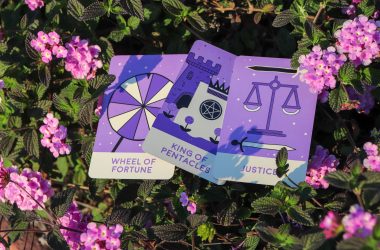Freshmen and transfer students learn every year at orientation that California State University, Long Beach has a campus larger than Disneyland.
It makes perfect sense, then, that tons of students, faculty and staff ride their bikes to, from and across campus.
If SB-192 passes into law, it would mean mandatory helmets for all of those riders, not just the ones under the age of 18. It would also mean that retro-reflective, high-visibility safety apparel must be worn after dark.
Those who are found violating the bill’s stipulations will be fined $25 for the trouble.
California State Sen. Carol Liu, the face behind SB-192, said in a press release that “any responsible bicycle rider should wear a helmet” and that her law would “make sure all riders benefit from the head protection that a helmet provides.”
It is obvious to any responsible bicyclist that helmets are beneficial. That still does not mean that they should be made mandatory.
Helmets on cyclists are not a bad idea, but making them an absolute requirement isn’t the best way to fight for the safety of cyclists. Those who don’t wear them have special cause.
Fining those cyclists who choose not to wear helmets would only serve to make less people want to go out and bike, an exercise that betters personal health.
“[Bicycling] benefits far outweigh its risks,” said Ryan Price, the campaigns director of the California Bicycle Coalition. “Promoting bicycling saves lives by reducing risk of death from the diseases of our sedentary culture. And it’s also a safe activity that is getting safer.”
According to the California Bicycle Coalition, the risk of bicycling injury in California has dropped by 42 percent since 2000.
The proper retro-reflective high-visibility clothing component included in SB-192 is just as difficult to enforce as the proposed helmet mandate.
But what does that mean for cyclists who get caught in traffic at dusk? Or who push through that extra mile and end up biking after dark by accident?
Casual ridership would become discouraged if those cyclists riding on the beach or to the grocery store couldn’t head home after sunset unless they were lucky enough to remember to pack the proper clothing that morning. Even on campus, where no one has the ability to ride at over 10 miles per hour, the population of student cyclists would likely drop if they couldn’t go from Peterson Hall to the library without covering up their head.
The effort and expense backing SB-192 would be better spent in other avenues that actually serve to make those cyclists safer. For example, cyclists could make greater use of mandatory bike lanes or reduced speed limits on streets with heavy bike traffic. Even better, putting the money toward a course that teaches drivers and cyclists how to drive and ride safely would be extremely helpful.
Helmets are not a bad idea at all. Most cyclists who ride in the presence of traffic actually do wear them. But for a state where beach communities and bike ownership are so common, we’d be better off with laws that don’t make cycling more difficult.



